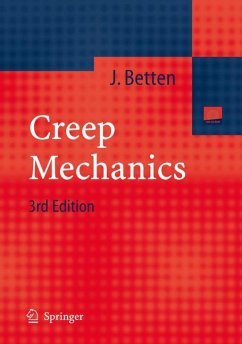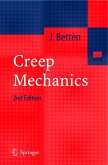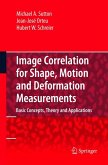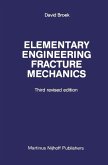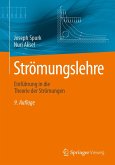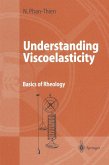The third edition of "Creep Mechanics" provides a short survey of recent advances in the mathematical modelling of the mechanical behavior of anisotropic solids under creep conditions, including principles, methods, and applications of tensor functions. Some examples for practical use are discussed, as well as experiments by the author to test the validity of the modelling. The monograph offers an overview of other experimental investigations in creep mechanics. Rules for specifying irreducible sets of tensor invariants, scalar coefficients in constitutive and evolutional equations, and tensorial interpolation methods are also explained. The text has been re-examined and improved throughout.
Dieser Download kann aus rechtlichen Gründen nur mit Rechnungsadresse in A, B, BG, CY, CZ, D, DK, EW, E, FIN, F, GR, HR, H, IRL, I, LT, L, LR, M, NL, PL, P, R, S, SLO, SK ausgeliefert werden.

